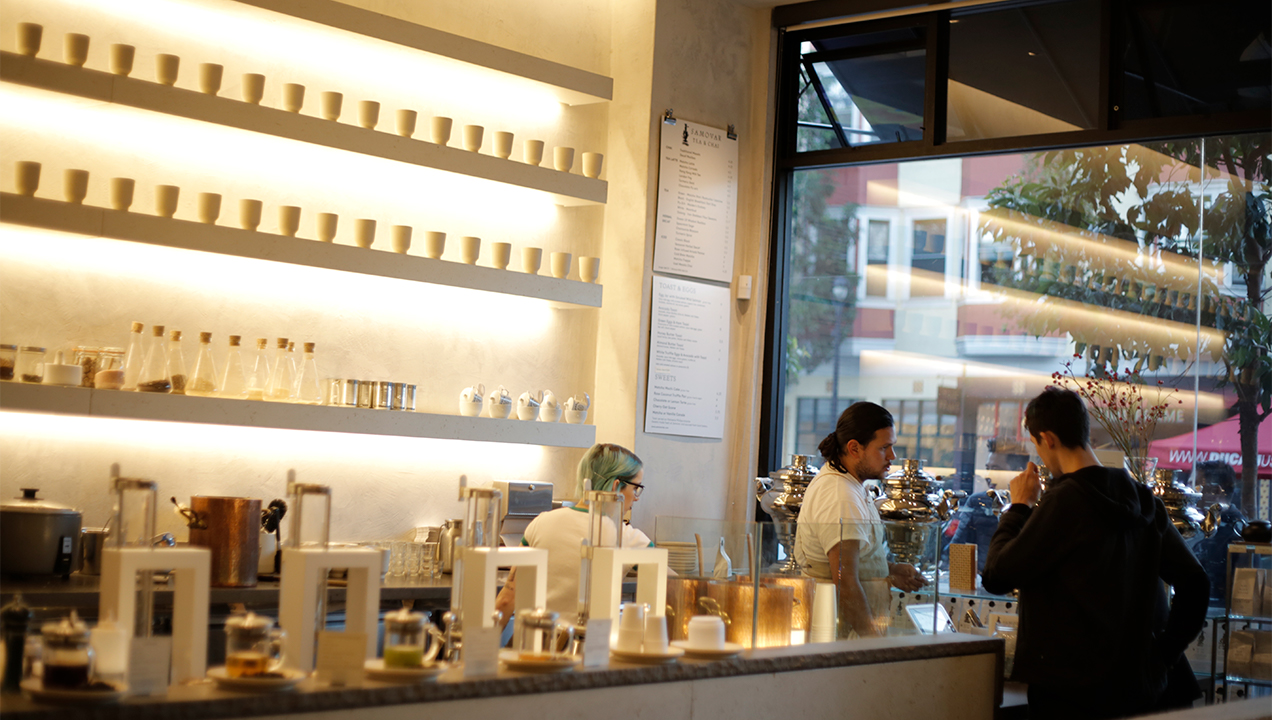The Dark Side of Customer Centricity
Restaurants are always the first to feel the sting of any sort of economic disruption so it should come as no surprise that chain-restaurants have been looking at technological solutions to their tight margins.
There have already been some massive successes like McDonalds touchscreen self-serve kiosks or Domino’s intricate timing system but for more traditional “family-style” restaurants table-top tablet systems like Ziosk and Presto have been fundamental in cutting down the labour of their servers. Using these devices customers can order additional drinks, appetisers, desserts and even pay their bill without ever needing to interact with a member of staff. It even provides customers with one last check to make sure that they were happy with their service before they depart.

We have been seeing this kind of customer satisfaction survey on websites and apps for years, as a digital pop-up that you can just swat off. But now we are seeing this kind of customer experience evaluation embedded in real life situations, not as something that can be easily ignored like a comment card, but as an inescapable part of the payment process.
In a perfect world this would be a positive thing, more feedback leads to better user experiences, happier users lead to a more profitable business. Even individual servers within the companies would feel the immediate benefits through increased tipping; one of the original systems of user experience measurement. Unfortunately, the reality of simplified mandatory CSAT implementation is very different. Within a few months of the implementation of the Ziosk and Presto systems, some servers were seeing their shifts cut for failing to score highly enough.
This is the dark side of customer-centricity; where careers are ended by a bad review. You can find comparative examples across multiple industries. Like low scoring Uber drivers finding themselves kicked off the service or the hotel employee who was fired after an anonymous and unsubstantiated Trip Advisor review. Even in the usually untouchable halls of academia, professors can find themselves knocked off the tenure track by a bad rating on RateMyProfessors.com.
Back in that ideal world, this cause and effect pattern could be viewed as fair, with the staff giving the best service being rewarded and those giving the worst service being rightly dismissed. Unfortunately, because these CSAT reports are opinions, there is sometimes a gap between what people say and the reality of the situation. That is why as design researchers we observe and impartially evaluate. To help determine which 1-star reviews are valuable feedback, which are complaints about things outside of the server’s control and to provide a frame of context to make the feedback meaningful.
Direct feedback from customers is always going to be essential, and it provides powerful signals that orient organizations to the most urgent problems before they can escalate. But organizations also need to do their due diligence to ensure that they have the full frame of reference; and that includes representation of front-line employees too.
As services continue to blur the line between customer and employee, only an approach that encompasses the whole ecosystem is going to be successful. Listening to the voice of the collective, not just the voice of the customer.
